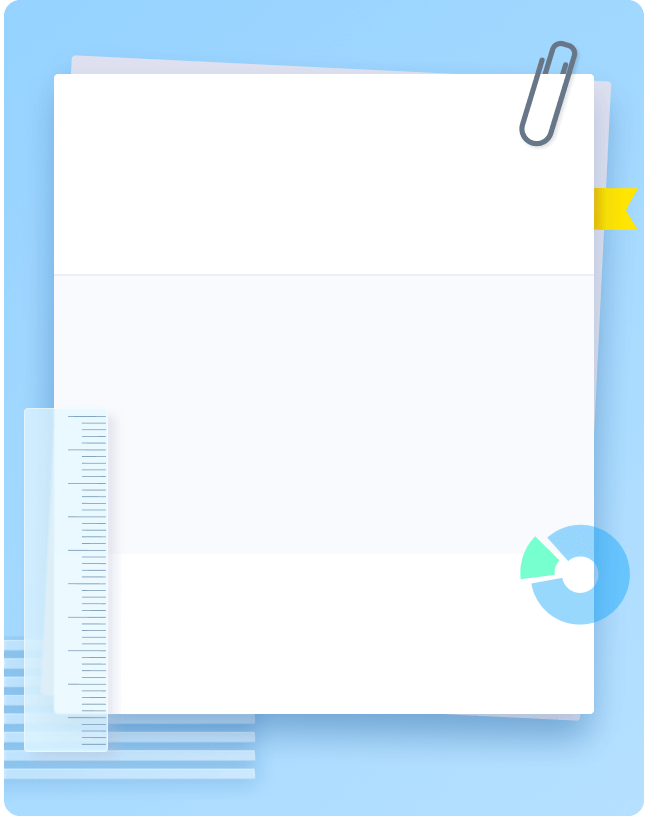What is the age limit for using radioactive carbon dating?
about 57,000 years
Carbon 14 has a half-life of roughly 5,700 years.
This would indicate that less than 1% of the initial radioactive Carbon 14 has remained.1 % of radioactivity would be less than the accuracy of the instruments used to measure radioactivity.
Other than recent fossils, carbon 14 cannot be used to date fossils.
By signing up, you agree to our Terms of Service and Privacy Policy
The age limit for using radioactive carbon dating is typically around 50,000 to 60,000 years. Beyond this range, the amount of remaining radioactive carbon in a sample becomes too small to accurately measure.
By signing up, you agree to our Terms of Service and Privacy Policy
When evaluating a one-sided limit, you need to be careful when a quantity is approaching zero since its sign is different depending on which way it is approaching zero from. Let us look at some examples.
When evaluating a one-sided limit, you need to be careful when a quantity is approaching zero since its sign is different depending on which way it is approaching zero from. Let us look at some examples.
When evaluating a one-sided limit, you need to be careful when a quantity is approaching zero since its sign is different depending on which way it is approaching zero from. Let us look at some examples.
When evaluating a one-sided limit, you need to be careful when a quantity is approaching zero since its sign is different depending on which way it is approaching zero from. Let us look at some examples.

- 98% accuracy study help
- Covers math, physics, chemistry, biology, and more
- Step-by-step, in-depth guides
- Readily available 24/7
 Natalie Ahrens
Natalie Ahrens Daniel Allen
Daniel Allen